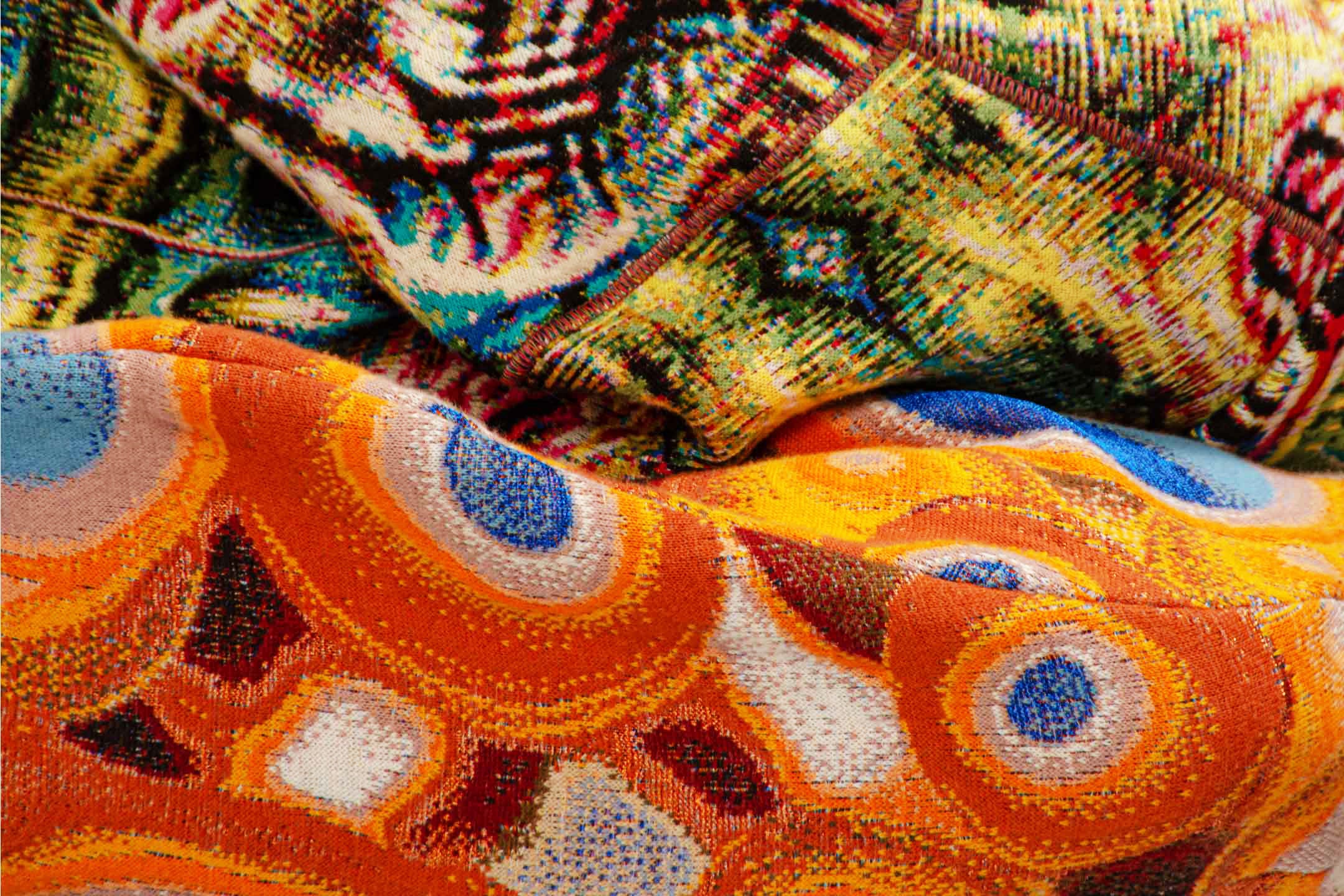The Italian Data Protection Authority (GPDP) fined Trento €50,000 for violating data protection rules by using AI tools, including surveillance cameras, microphones, and social networks, in two research projects.
This is just one example. Now, let's go back in time!
- Right to privacy! 🪡
In Bologna, the definition of the right to privacy was shaped, and in Paris, it was guaranteed. We strive to continue following their lead.
The concept of a human "right to privacy" originated in the 12th century when the Latin word *ius* expanded to mean "a right—an entitlement a person possesses to control or claim something. This evolution was marked by the Decretum Gratiani in Italy, the very birthplace of Cap_able design.
On December 10, 1948, the United Nations General Assembly adopted the Universal Declaration of Human Rights (UDHR), designed to guarantee individual rights for everyone. While the right to privacy is not explicitly mentioned, many interpret it through Article 12, which states:
"No one shall be subjected to arbitrary interference with their privacy, family, home, or correspondence, nor to attacks upon their honor and reputation. Everyone has the right to the protection of the law against such interference or attacks."
-
Facial recognition 👀
Now, imagine a life where a constant eye watches your moves and knows intimate details about you. Would you be comfortable with constant surveillance? 💭
Facial recognition is already a part of our lives. As we discussed in our blog, it ranges from unlocking phones to identifying criminals. It is inevitable that facial recognition is here to stay, offering many positive aspects that enhance safety and convenience in our society. However, our commitment to Italian design excellence drives us to continually improve these technologies. It reflects the human pursuit of utopia, to be ahead of our time and beyond our current dimensions. Achieving this requires meticulous attention to detail, ensuring that every element is perfectly designed to create the best possible version of itself.
The change of technology has been significant. In the past, early video surveillance systems required constant monitoring because they couldn't record or store information. Today, CCTV surveillance is prevalent across the globe, sparking significant debate about balancing its use with individuals' right to privacy, even in public spaces. As of 2016, there are approximately 350 million surveillance cameras worldwide.
- Safeguarding data privacy 👇
How can we ensure that surveillance cameras are not being operated illegally or in violation of privacy guidelines? Furthermore, with a growing body of research uncovering varying error rates across different demographic groups in facial recognition algorithms, how can we confidently declare these systems as truly reliable? Achieving reliability requires not only addressing technical limitations but also addressing bias and ensuring transparency in algorithmic decision-making processes.
Ensuring everyone's privacy is protected as a fundamental human right is essential. As you encounter the cameras observing you today, we're intrigued: how many will you notice? Let us know!
We thank ChatGPT for helping to shape this article better 🚀





